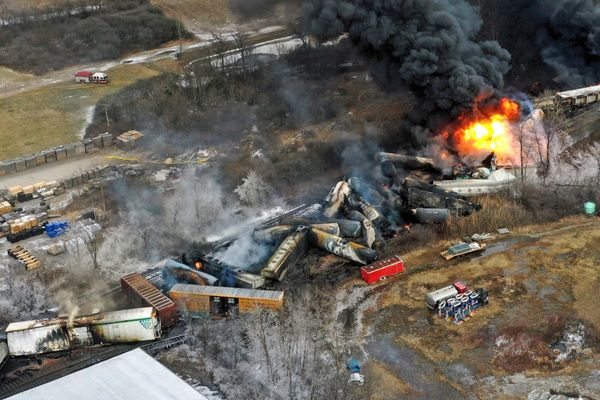
The Reserve Bank of Australia has extended its interest rates pause for a third consecutive month as it assesses whether the sharpest increase in borrowing costs in three decades has done enough to slay inflation.
The RBA left its cash rate on hold at 4.1%, the highest since mid-2012, at its September board meeting on Tuesday. The decision, the last under the leadership of outgoing governor Philip Lowe, was widely expected.
“Inflation in Australia has passed its peak and the monthly CPI indicator for July showed a further decline,” Lowe said in an accompanying statement. “But inflation is still too high and will remain so for some time yet.”
As has been customary, Lowe left open the possibility of further rate increases if needed: “Some further tightening of monetary policy may be required to ensure that inflation returns to target in a reasonable timeframe, but that will continue to depend upon the data and the evolving assessment of risks.”
While goods price inflation has eased, the prices of many services are rising briskly. Rent inflation is also elevated. The central forecast is for CPI inflation to continue to decline and to be back within the 2-3% target range in late 2025.
The central bank has hoisted interest rates by 400 basis points from a record low 0.1% rate since it began increases in May 2022. The tightening of monetary policy has helped reduce the headline inflation rate from a December peak annual rate of 8.4% to 4.9% by July.
Australia’s inflation rate, though, remains higher than in many similarly rich nations and also far outside the RBA’s preferred target band of 2-3% that it expects won’t be reached until 2025.
Borrowers are bracing for the RBA's September rates decision. Here's the impact of the 12 rate rises of 400 basis points since May 2022. (Source: @RateCity ) pic.twitter.com/2OIUxaPngf
— @phannam@mastodon.green (@p_hannam) September 5, 2023
Nations such as the US have also pushed their key interest rates higher than the RBA. The US federal reserve’s main interest rate is at 5.25-5.5%, for instance, even with US consumer inflation running at 3.2% in August.
Still, economists are increasingly convinced the RBA has done enough, with the next rates move by incoming governor Michele Bullock likely to be a cut but perhaps not until well into 2024. Australia’s relative reliance on variable interest rate loans means increases or cuts have a more immediate impact than elsewhere.
The country’s GDP growth is expected to have slowed further in the June quarter – to about 1.8% on an annual basis – when the Australian Bureau of Statistics (ABS) releases the national accounts data on Wednesday.
Economic indicators, such as retail spending, are turning weaker, a trend likely to keep inflation on the slide, as the RBA intended.
With the central bank’s decision as expected and no obvious shifts in language in the bank’s statement, investors were also little moved. The Australian dollar remained hovering at about 64.25 US cents, and stocks were also little changed at their 0.3% drop for the day in the immediate aftermath of the RBA verdict.
The treasurer, Jim Chalmers, noted the RBA highlighted uncertainties in the economy, such as the “painful squeeze” on household finances, and the outlook for the Chinese economy “due to ongoing stresses in the property market”.
Chalmers said higher interest rates were “taking a toll on the economy”, which the government expected to see in Wednesday’s national accounts data release by the ABS. “We know that there are challenges ahead, Mr Speaker, but we are well placed to deal with it,” he told question time.
Chalmers also paid tribute to Lowe, whose seven-year term the treasurer had opted not to extend. “[H]e leaves that important role with the government’s respect, the government’s gratitude, and he leaves with dignity,” Chalmers said, adding that his replacement Bullock – the first female RBA governor – was “an outstanding economist and leader with deep understanding of the RBA”.
The ACTU president, Michele O’Neil, said, however, that Lowe’s exit offered a chance for a direction change for the central bank.
“For too long there has been a real divide between the decision-making process of the RBA and the lived experiences of working people,” O’Neil said.
“A change in direction and prioritisation of full employment and on the impact that excessive corporate profits have on inflation can restore public faith in the RBA as an institution.”
Stephen Smith, a Deloitte Access Economics partner, said the RBA was “increasingly realising the precarious position the Australian economy” was in in the wake of 12 rate rises.
“Household spending was lower in July 2023 compared to 12 months earlier – the first time since February 2021 that this spending indicator has fallen,” he said. Other indicators such as a deteriorating labour market and housing construction in retreat underscored the weak state of the economy.







